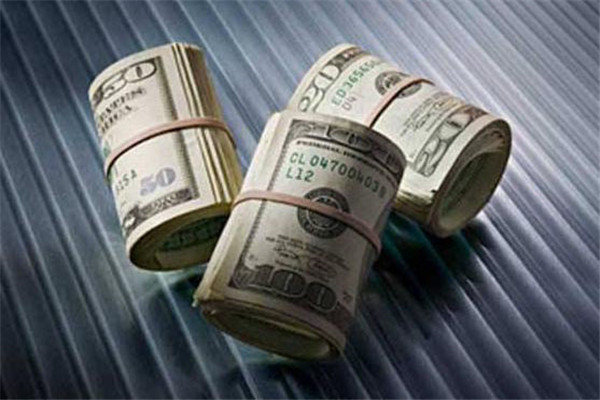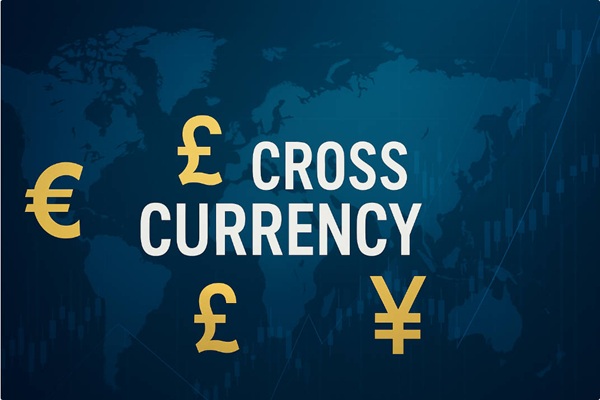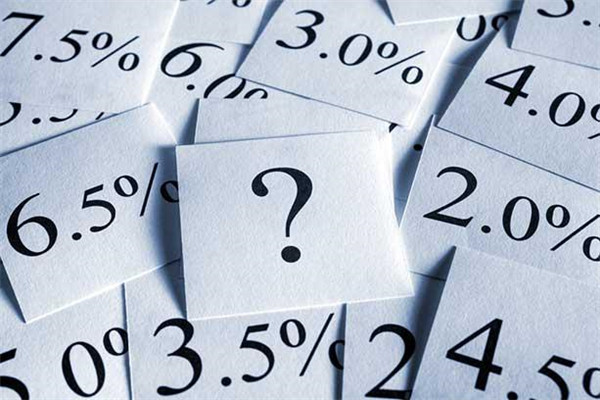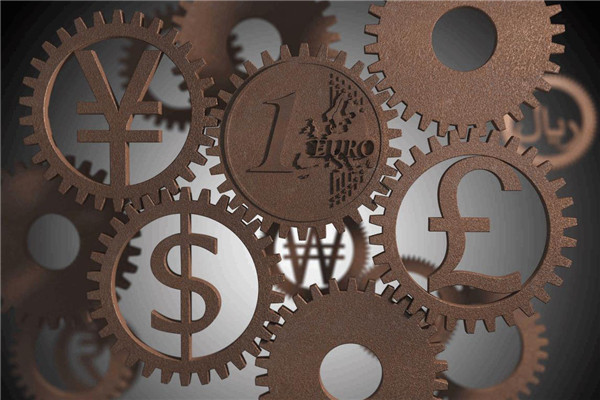Interest rate swaps and currency swaps are two common derivative instruments
in the financial market that are similar in some aspects but also have some
obvious differences.
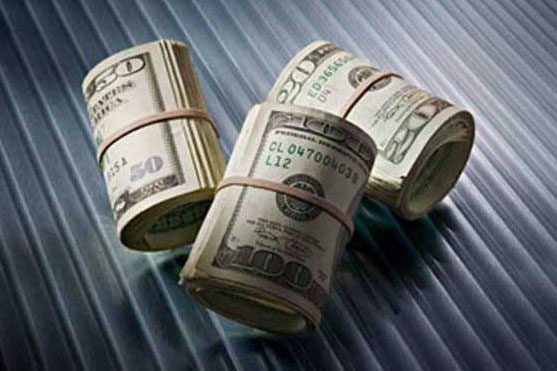
Similarities:
1. They are all financial derivatives.
Interest rate swaps and currency swaps are derivative instruments in the
financial market that exchange one party's interest rate or currency through
contractual agreements.
2. risk management tools
Both can be used for risk management to help enterprises or financial
institutions manage Interest rate risk and Foreign exchange risk.
3. A Terms and Conditions Agreement
The exchange of interest rate swaps and currency swaps occurs at specific
points in the future, both of which depend on the terms and conditions
stipulated in the contract.
4. All involve payment flow.
Both interest rate swaps and currency swaps involve one party paying a
certain amount of interest or currency to the other party.
5. Both can be used for arbitrage.
Both interest rate swaps and currency swaps can achieve arbitrage
opportunities by utilizing differences in interest rates or exchange rates in
different markets.
Differences:
1. Different concepts
An interest rate swap refers to the exchange of interest payments with
different properties between two parties on the basis of a nominal principal
amount, that is, the exchange of interest for the same currency at different
interest rates. Through this swap behavior, one party can exchange a fixed
interest rate asset or liability for a floating interest rate asset or
liability, while the other party achieves the opposite result. The main purpose
of interest rate swaps is to reduce the cost of funds for both parties and
enable each party to obtain the interest payment method they need.
A currency swap refers to the exchange of two debt funds with the same
amount, the same term, but different currencies, as well as the exchange of
currencies with different interest amounts.
2. Different objects
The most obvious difference is that the objects of exchange are different.
The exchange object of interest rate swaps is interest rates, which involve
different types of interest rates, such as fixed and floating rates. The
exchange object of currency swaps is currency, which involves the exchange rates
between different currencies.
3. Different purposes
The main purpose of an interest rate swap is to manage Interest rate risk and
adjust the debt structure, which is achieved by exchanging different types of
interest rates. The main purpose of a currency swap is to manage Foreign
exchange risk, meet capital demand, and obtain the required capital by
exchanging different currencies.
4. Different scope of influence
Interest rate swaps have an impact on the payment of interest on debt, while
currency swaps mainly affect currency exchange and capital circulation.
5. Different types of risks
Interest rate swaps face the risk of interest rate fluctuations, while
currency swaps face the risk of exchange rate fluctuations.
In summary, there are significant differences between interest rate swaps and
currency swaps in terms of object, purpose, scope of impact, and type of risk.
Choosing suitable derivative tools should be based on actual needs and
circumstances to better manage risks and meet funding needs.
